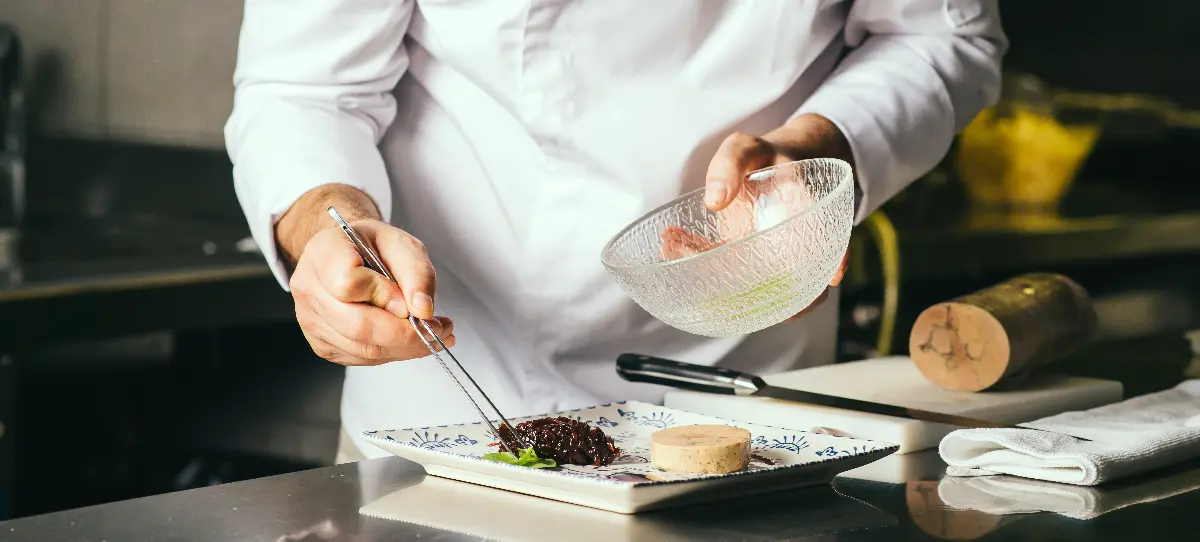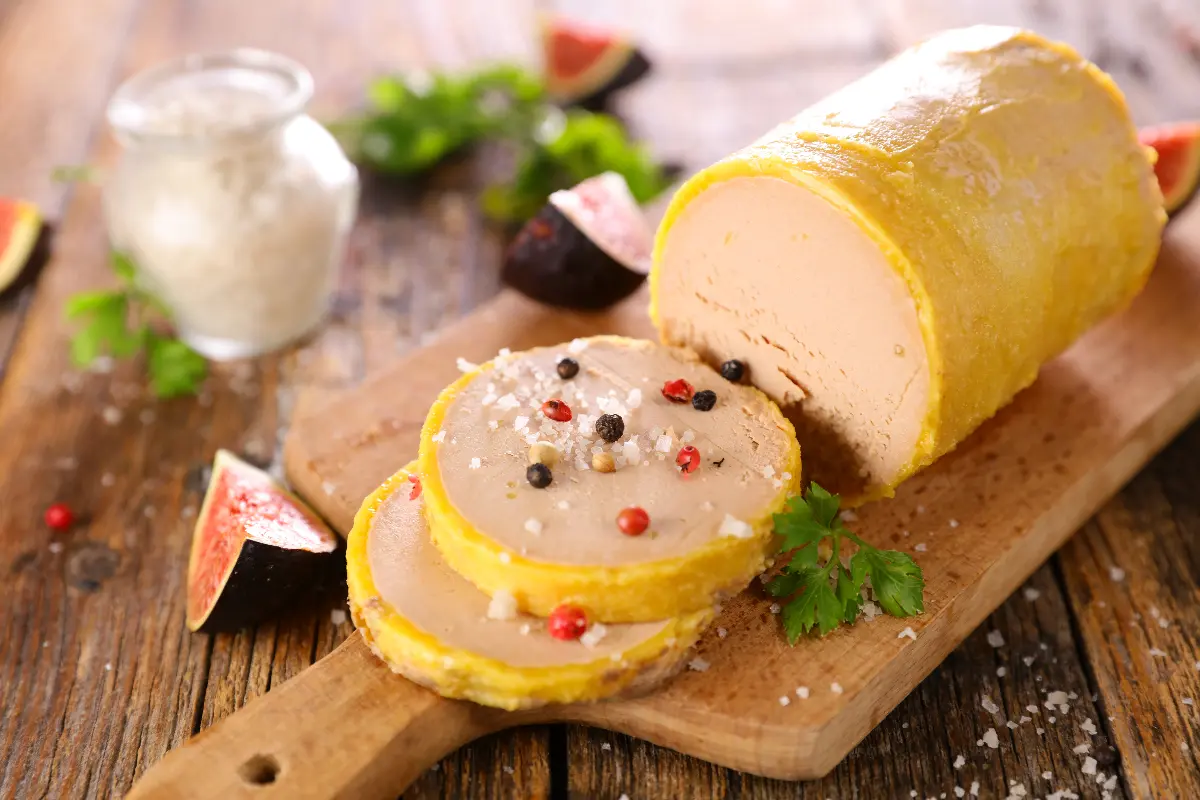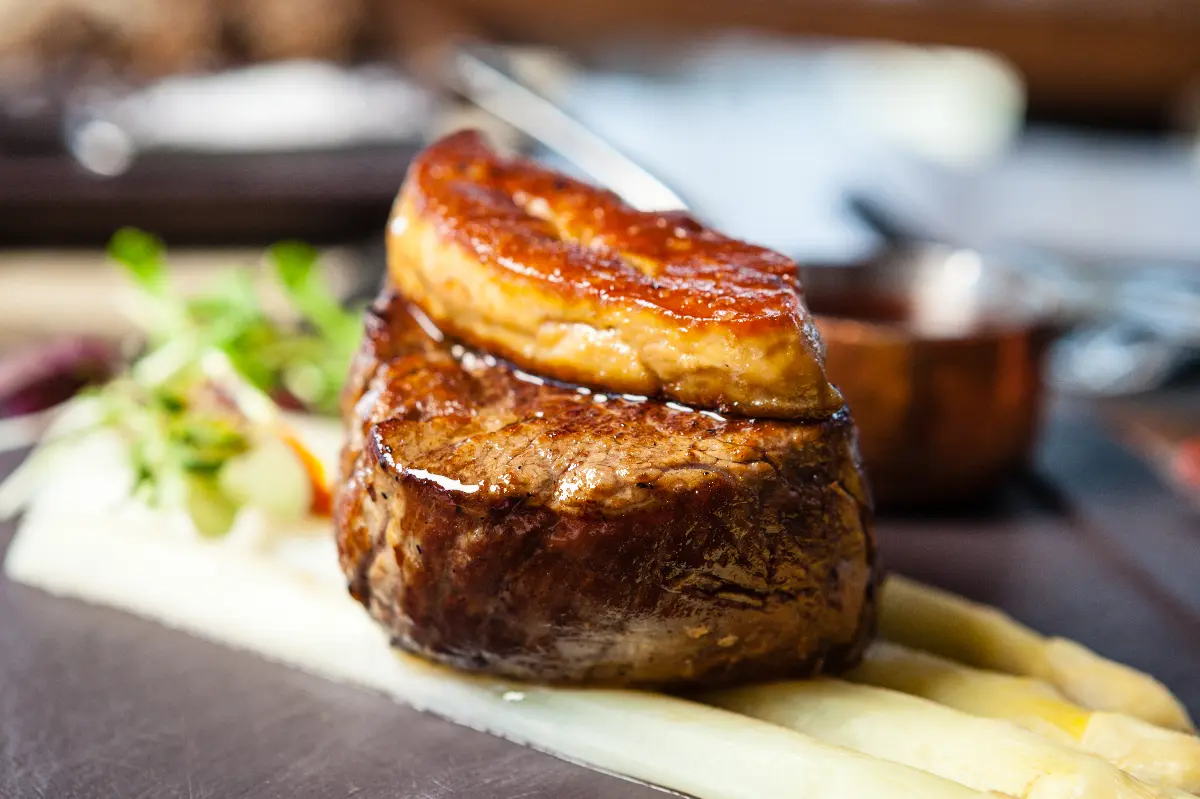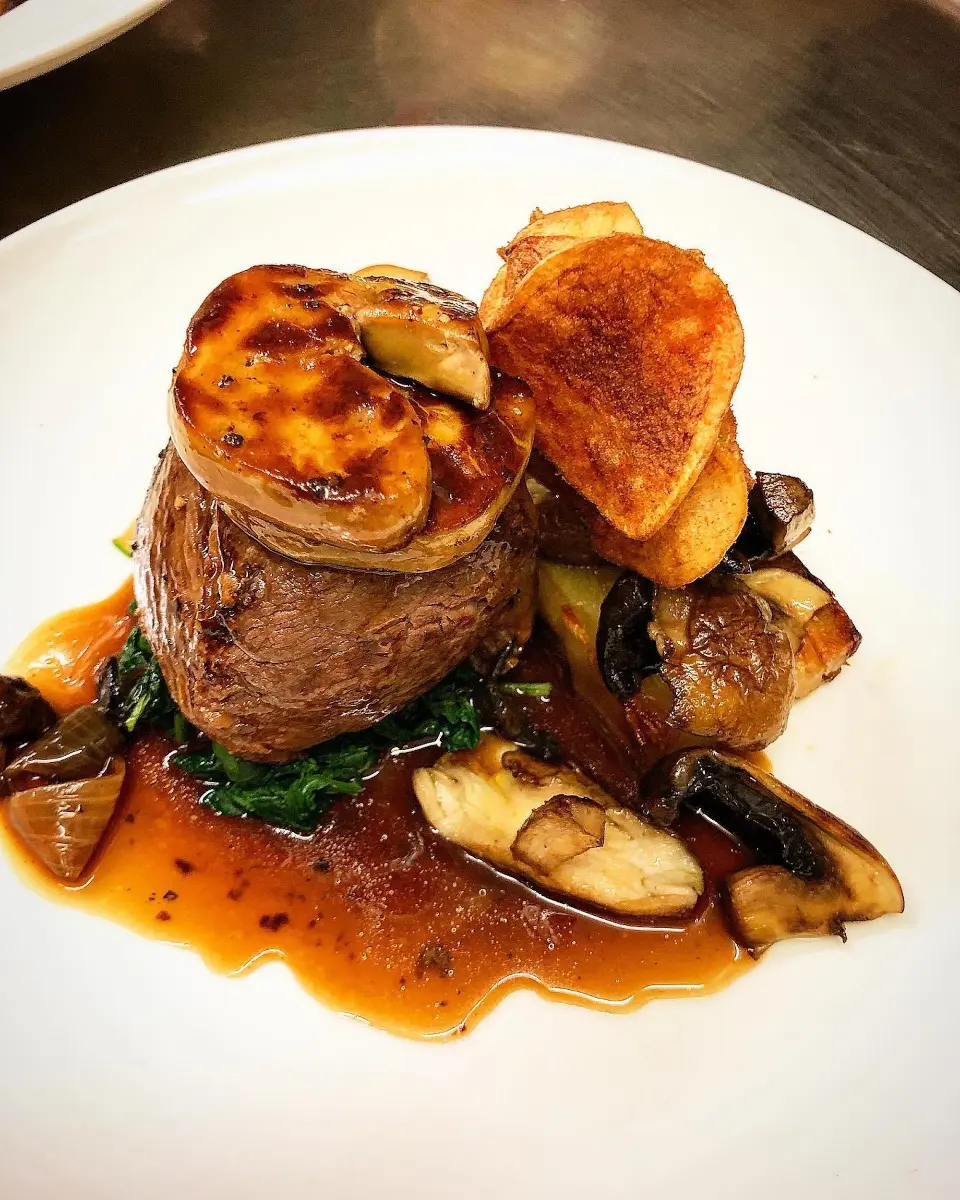
Helyszín címkék:
The world-famous foie gras from Félegyháza
Bóday Csilla
People liked it even in ancient times
Although it is not a proven fact that it is connected to the yield of the liver, as early as B.C. 3rd century, birds were force-fed for example in Egypt. It led to faster weight gain so more abundant food could have been served. Many other nations adopted this custom from Egypt. The liver was already a traditional food of the Romans, who knew that soft, even spreadable liver could be prepared quickly and combined with plenty of other foods. Due to its bitter taste, it was the perfect complement to Mediterranean fruits. But it was also served alongside drier meats. They realized that if they gave a mixture of dried figs, milk and honey to geese, the liver could be enlarged up to several pounds in a very short time. In Latin, the names jecur (liver) and ficus (figs) gave the Romans the jecur ficatum, and then the other Latin language families adopted it - the French, for example, called it foie gras (fattened goose liver), which is the internationally widely accepted name today in gastronomic circles. There have been fluctuations in consumption of the goose liver over the centuries, and in fact, there was a time when it completely vanished from noble, royal recipes. The reason for this is unknown. Today, the topic is controversial: due mainly to animal welfare concerns, the need for force feeding to achieve fattened goose liver is highly questionable, while it can be found on the menus of the best restaurants around the world, from France to Japan, in various forms.
Goose production in Kiskunfélegyháza
Hungary is a world leader in the production of goose liver, in recent years we have exported more than a thousand tons of goose liver annually, which is eighty percent of global consumption. A significant part of the production is produced in and around Kiskunfélegyháza in Bács-Kiskun County, at a superior quality for centuries. In the county, goose and duck farming, excellent livestock, professional breeding and the local environment are the pledge of the outstanding quality. This year, the most significant event of the year will be held for the 24th time the traditional Goose Festival in Kiskunfélegyháza. Last year, at the proposal of the Kiskunfélegyháza Treasury Committee, based on the body of representatives’ decision, this event was included in the City Treasury, thus becoming part of their cultural heritage, in the category of intangible and material goods. At the festival, which has been running for more than two decades, they celebrate their high-quality animal husbandry, display all the preparation methods of fattened goose liver, which is considered a Hungarikum, from liver fried in goose fat to goose liver terrines.
From royal dishes to Christmas tables

While goose liver was a curiosity on the royal table in the 18th century, it is a delicacy available to anyone today, albeit not an everyday dish. Due to its special tart taste, it is a festive dish on menus from Paris to Tokyo. Chefs have experimented with many forms of this food, which is rich in vitamins and minerals. There are plenty of forms of presentation: it may also be served as an accompaniment to desserts or game dishes, but foie gras hot or cold, served as a pate, with fruit and jam, is a special dish. Foie gras seems simple to make, but it still requires attention.
Liver as an ingredient
Besides goose liver, veal, lamb and rabbit liver are also often used by chefs. The more popular version of liver consumption is the beef and pork liver, which have a stronger taste. Interestingly, chickens are also used for poultry liver, yet for some reason it has not become the peak of gastronomy, as much as its winged companion, the goose, or the similar duck liver. The best known of the fish livers is cod liver, the consumption of which is also recommended by dietitians due to its extremely high iron and vitamin content.
Roasted goose liver with brioche and onion jam - recipe

The washed goose liver is soaked in cold milk for 4-5 hours, making the resultant product really light and airy. Fry the fatty skin to render the fat, then fry the dried goose liver in the remaining fat. The fatty skin must be put on a separate plate earlier, simmer the liver on both sides for approximately 6 minutes each. You can also add garlic and red onion to the grease for a moment. When it is ready, place it in a greased, seasoned (with ground black pepper and red pepper) bowl and pour the fried grease, fried skin and onions in with the liver. After cooling, you can put the liver into the fridge. For the onion jam stir brown sugar into butter until the mixture is a light caramel-colour, then add the purple onion, simmer it nicely and slowly until it softens, then add a little balsamic vinegar, salt, pepper and pour in some red wine as well.









